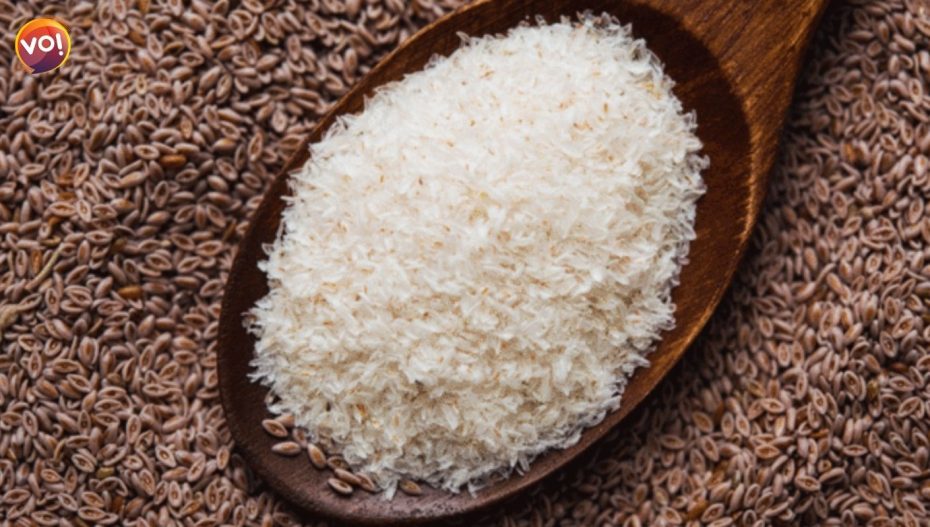Isabgol, also known as psyllium husk or ghodajiru, is a medicinal crop that has seen a remarkable growth in Gujarat in the past decade. According to the state agriculture department, the area under isabgol cultivation reached a record high of 31,208 hectares in 2024, surpassing the previous peak of 25,127 hectares in 2018.
The main reason for this surge is the high demand for isabgol from foreign markets, especially the US, Germany, Italy, the UK and Korea. Isabgol is one of the largest foreign remittance-earning medicinal crops in India, with about 93% of its production being exported. The value of India’s exports of isabgol increased by 37% to $261.44 million in 2020-21 and further rose to $300 million in 2022-23, as per the Federation of Indian Export Organizations.
Isabgol is widely used in ayurveda, unani and modern medicine systems for its cooling and anti-inflammatory properties. It is also a popular laxative and a source of dietary fibre. Apart from its medicinal uses, isabgol has applications in dyeing, textile printing, ice-cream making, confectionery and cosmetics. De-husked isabgol seeds are rich in protein (17% to 19%) and can be used as animal feed.
The prices of isabgol have also been rising steadily, from Rs 15,000 per quintal in 2023 to Rs 17,000 per quintal in 2024, an increase of 121% in six years. This has attracted more and more farmers to cultivate isabgol, as it is also a low-risk crop compared to cumin, the other major cash crop in the region. Isabgol is resistant to grazing animals and pests, and requires less water and fertilizers than cumin.
Gujarat is the leader in isabgol production and processing in India, accounting for 90% of the country’s isabgol processing and 97% of its isabgol cultivation. The state has about 30 isabgol processing units, mostly located in the Unjha area, where the largest isabgol trading market in India is situated. The chairman and the secretary of the Unjha Agricultural Produce Market Committee, both named Dinesh Patel, said that isabgol is a lucrative and promising crop for the farmers and the traders of Gujarat.
The state’s isabgol production has doubled in the last five years, from 6,817 metric tonnes in 2018-19 to 12,952 metric tonnes in 2022-23. The major isabgol producing districts in Gujarat are Kutch (36%), Banaskantha (23%), Patan (16%), Ahmedabad and Surendranagar (11% each). These five districts together produce almost all of the state’s isabgol crop.
Can an Active Sex Life Boost Your Weight Loss Journey?. Click Here












